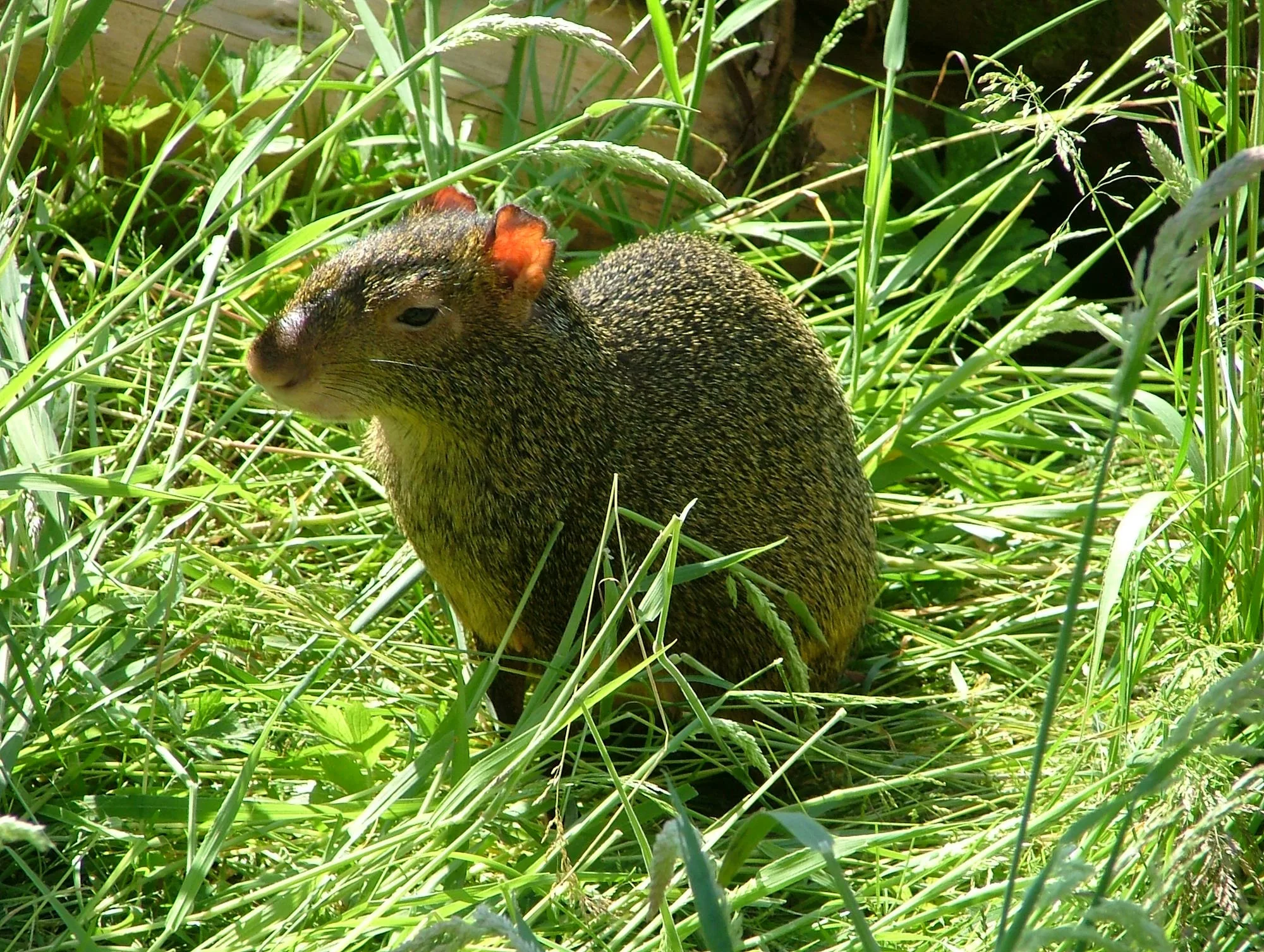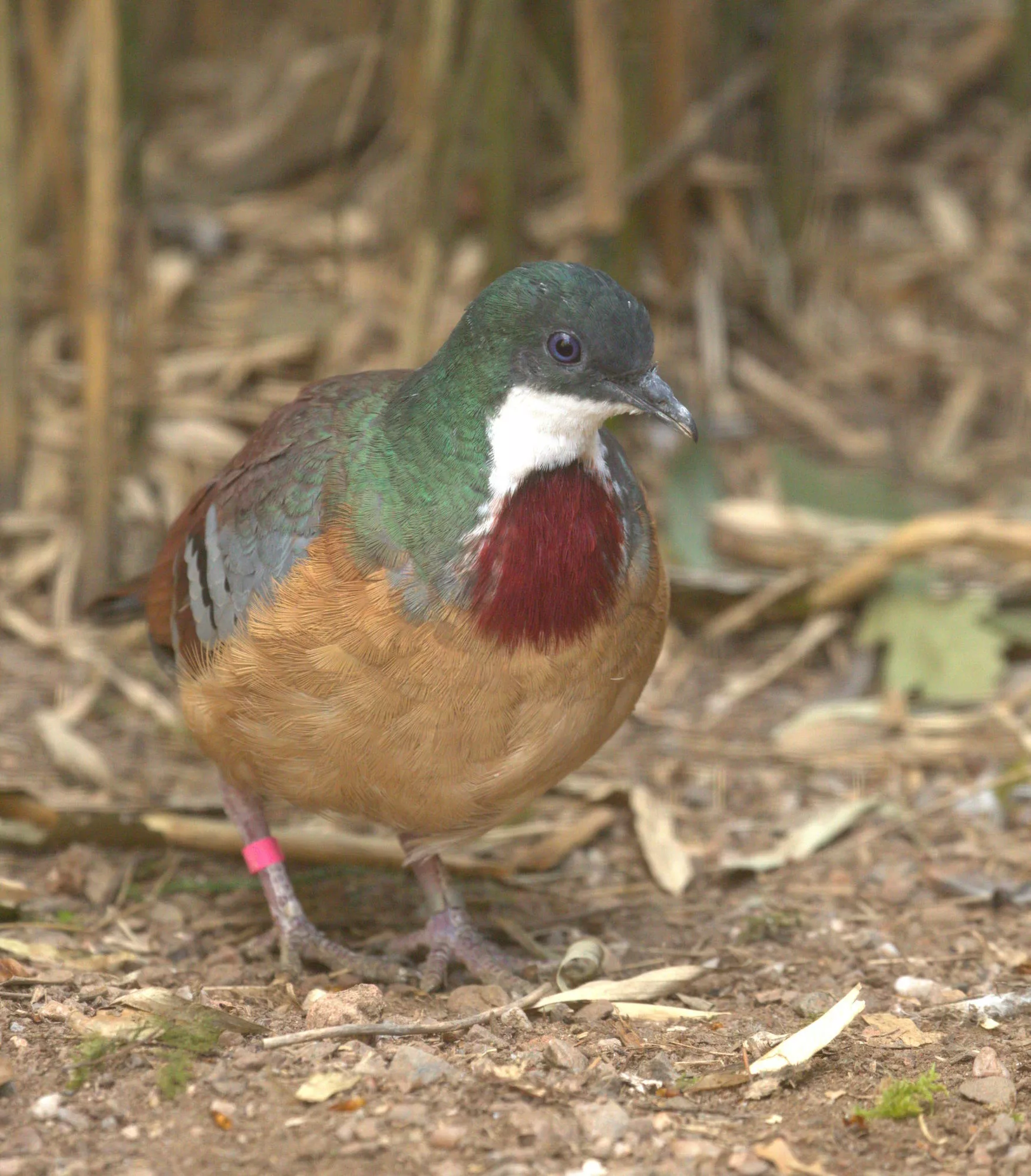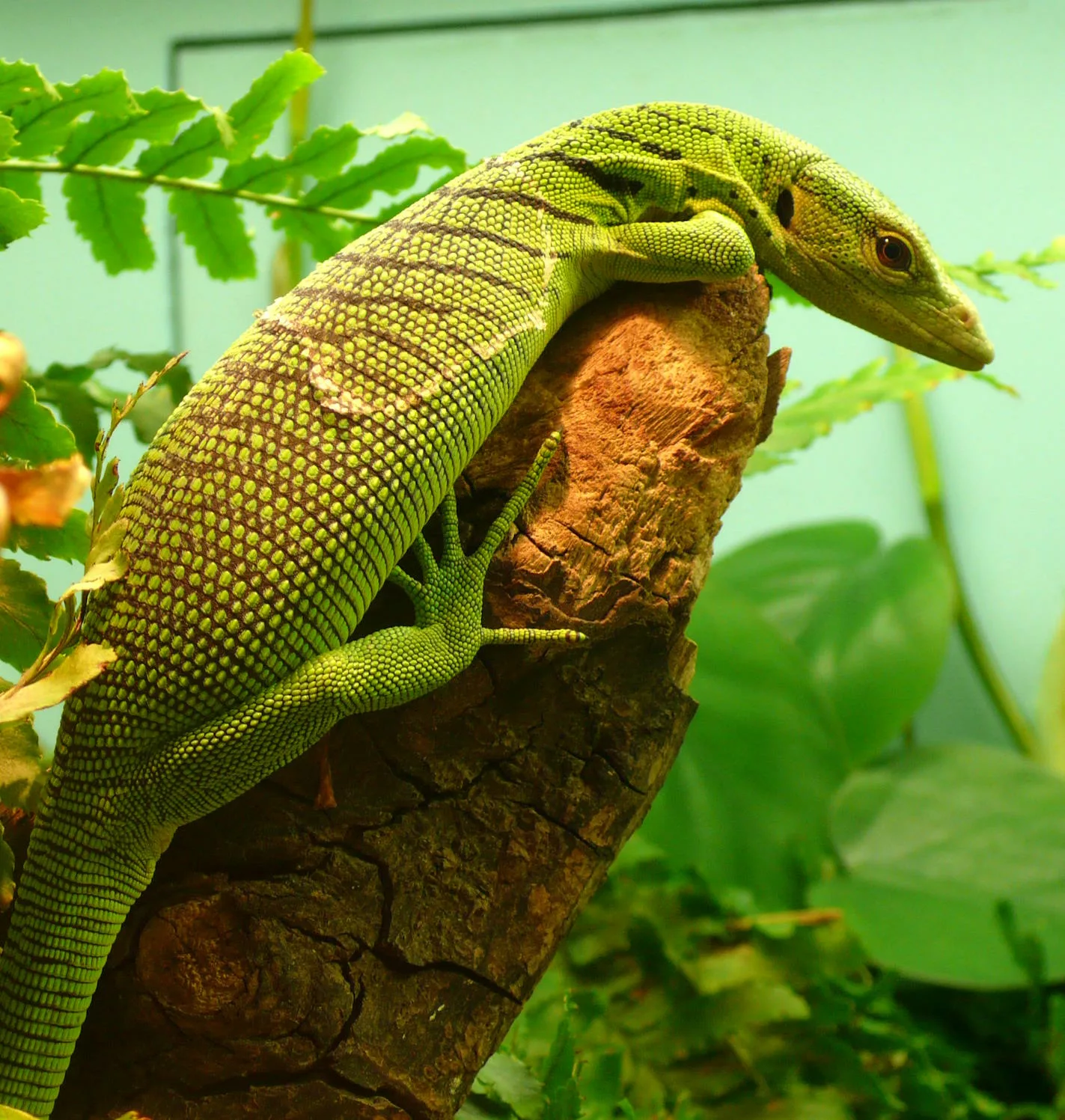
Cuban amazon
Scientific name: Amazona leucocephala
IUCN listed as: Near Threatened
Learn before you visit!
Here are some facts about the species – Discover what they eat, find out about their natural habitat, see what they like to do, and more… Set the reading style to suit you too, everyday speak or something aimed towards children.
Child-friendly
Everyday
Diet
The Cuban Amazon’s diet is diverse, primarily consisting of fruits, seeds, and nuts from various plants. They favour the fruits of palm trees and the seeds of West Indian mahogany. Additionally, they consume cultivated fruits such as mangoes and papayas when available. The species adapts its diet based on seasonal availability, foraging in different habitats to find food. This dietary flexibility helps them survive in the changing environments of their native islands.
Cuban Amazons eat a variety of fruits, seeds, and nuts. They love palm fruits and mahogany seeds the most. They also enjoy mangoes and papayas when they can find them. This wide diet helps them live in different places on their islands.
Breeding
Cuban Amazons breed from March to September, with nesting usually occurring in tree cavities. On Abaco Island, they uniquely nest in limestone solution holes, which offer protection from wildfires. The female lays two to four white eggs, which she incubates for about 26 to 28 days. After hatching, the chicks remain in the nest for around eight weeks before fledging.
Cuban Amazons lay their eggs between March and September. They usually make their nests in tree holes, but on Abaco Island, they nest in holes in the ground. The female parrot lays two to four eggs and keeps them warm for about a month. Baby parrots stay in the nest for eight weeks before they can fly.
Habitat
The Cuban Amazon inhabits a range of environments, including dry forests, pine forests, and mangroves. They are primarily found in Cuba, the Bahamas, and the Cayman Islands. These parrots are adaptable and can also be seen in agricultural areas and gardens. Habitat loss due to deforestation and human activities is a significant threat to their populations.
Cuban Amazons live in forests, pine trees, and mangroves. They are found mainly in Cuba, the Bahamas, and the Cayman Islands. They can also live near farms and gardens. Cutting down trees and other human activities are their biggest threats.
At the zoo
Cuban Amazons are relatively rare in zoos and aviculture due to their specific care needs and aggressive behaviour during breeding. They require spacious aviaries with various enrichment activities to keep them mentally stimulated. Their diet in captivity includes a mix of fruits, vegetables, seeds, and specially formulated pellets. Successful breeding in captivity has been achieved more frequently since the 1980s, although it remains challenging.
Not many zoos have Cuban Amazons because they need special care and can be aggressive. They need big cages and lots of toys to stay happy. Their food in zoos includes fruits, veggies, seeds, and special pellets. Breeding them in zoos has gotten better since the 1980s but is still tough.
Behaviour
Cuban Amazons are social birds, often seen in flocks outside the breeding season. During breeding, they form monogamous pairs and become territorial. These parrots are known for their loud calls, which they use to communicate within their flocks. They are also quite playful and intelligent, engaging in various activities that keep them occupied throughout the day.
These parrots are very social and like to be in groups. During breeding, they stay with one partner and defend their territory. They are loud and use calls to talk to each other. They are playful and enjoy different activities during the day.
Fun facts
- Unique Nests: On Abaco Island, Cuban Amazons nest in underground holes formed by rainwater dissolving limestone rock.
- Longevity: These parrots can live up to 50-60 years in captivity.
- Colourful Feathers: They have bright green feathers with pink on their lower face, chin, and throat, and white on their forehead and eye-rings.
- CITES Listing: Cuban Amazons are listed on Appendix I of CITES, which means they are protected from international trade.
- Playful Nature: They love to play with various toys, including foot toys, destructible toys, and food-finder toys.
- Cool Nests: On one island, Cuban Amazons make their nests in holes in the ground made by rain!
- Long Lives: These parrots can live up to 50-60 years if they’re well cared for.
- Bright Colours: They are bright green with pink cheeks and a white forehead.
- Protected: They are protected from being taken from the wild and sold in other countries.
- Playful Birds: They enjoy playing with different kinds of toys to stay happy and busy.
More animals to discover at our zoo
Quick Links
Tickets & Prices
You can buy tickets for Exmoor Zoo securely online, as well as finding out more price options, discover offers, and more…
What’s on…
Exmoor Zoo hosts incredible Events all through the year. You can find out about what we’ve got in store here…
Routes & info
Like any great discovery, Exmoor Zoo can feel a little off the beaten path – but don’t worry – you can plan your journey with our recommended routes and other useful travel info.



























